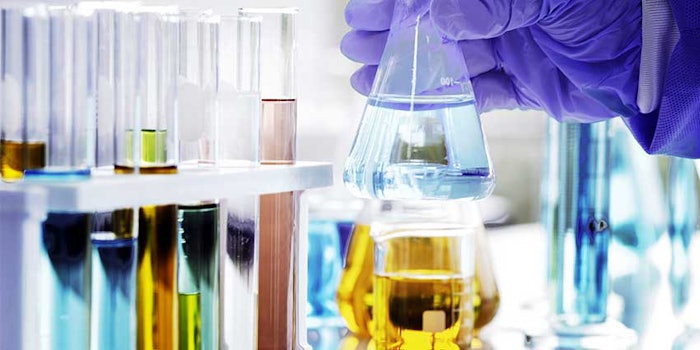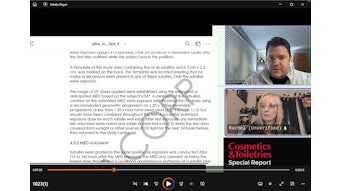
The European Chemicals Agency (ECHA) has updated its list of Substances of Very High Concern (SVHC) with three materials that are toxic to reproduction and one endocrine disruptor familiar to cosmetic formulators: butylparaben.
Related: ECHA Wavers on Resorcinol's Proposed SVHC Status
The candidate list of substances of very high concern (SVHCs) now contains 209 substances that may have serious effects on people or the environment. While the three materials of concern over reproductive toxicity are used in industrial processes to produce polymers, coating products and plastics, butylparaben is a well-known cosmetic preservative and fragrance ingredient.
Companies are urged to check their legal obligations relating to the safe use of these substances. From January 2021, companies must notify the agency, via ECHA’s upcoming SCIP database, of the present substances of concern in articles and products. The database aims to ensure transparent information on articles containing hazardous chemicals throughout their whole lifecycle.
“Chemicals on the candidate list are among the most regulated in the EU and we aim to gradually phase them out,” says Christel Musset, ECHA’s director of hazard assessment. “In the meanwhile, companies need to ensure safe usage and be transparent toward consumers who have the right to know where these chemicals are used. Substituting them with safer alternatives can boost innovation and create a more sustainable circular economy.”
Previously: ECHA Speeds Regulatory Action for Hazardous Chemicals
Provided by the ECHA, these are the substances added to the Candidate List for authorization on June 25, 2020:
1-Vinylimidazole, 2-Methylimidazole and dibutylbis(pentane-2,4-dionato-O,O')tin were included in the list due to the chemicals being toxic for reproduction; butylparaben was included due to its endocrine-disrupting properties, which can be hazardous to human health.
1-Vinylimidazole is typically used in formulations and as a monomer in the production of polymers; 2-Methylimidazole is a catalyst in the production of coating products; dibutylbis(pentane-2,4-dionato-O,O')tin is a catalyst and an additive in the production of plastics; and butylparaben is typically used in cosmetics, personal care products and pharmaceuticals.
Of the 209 substances now on the Candidate List of SVHCs for authorization, a large majority are carcinogenic, mutagenic or toxic to reproduction. Many of them have several hazardous properties.
The ECHA noted its Member State Committee was involved in the decision to add butyl 4-hydroxybenzoate and dibutylbis(pentane-2,4-dionato-O,O')tin to the list.
For more information, visit the ECHA website.










